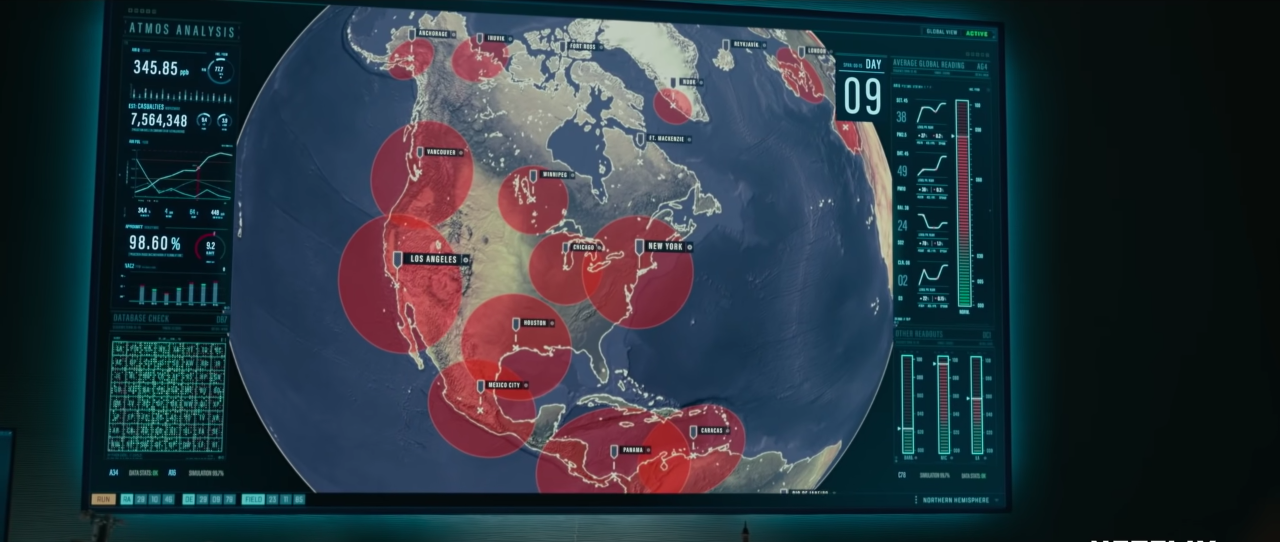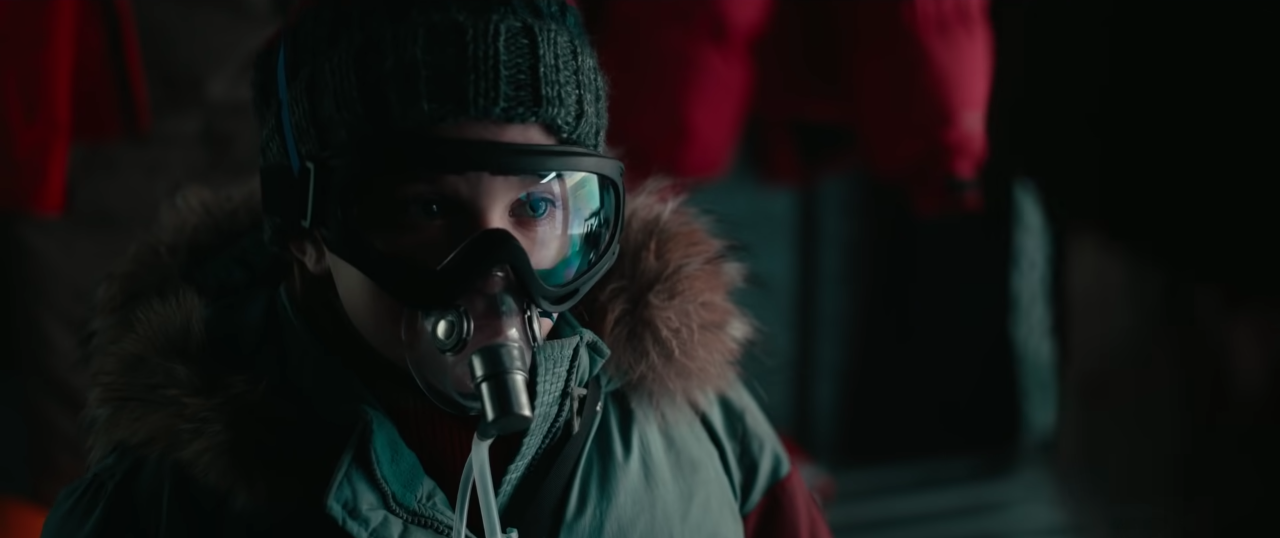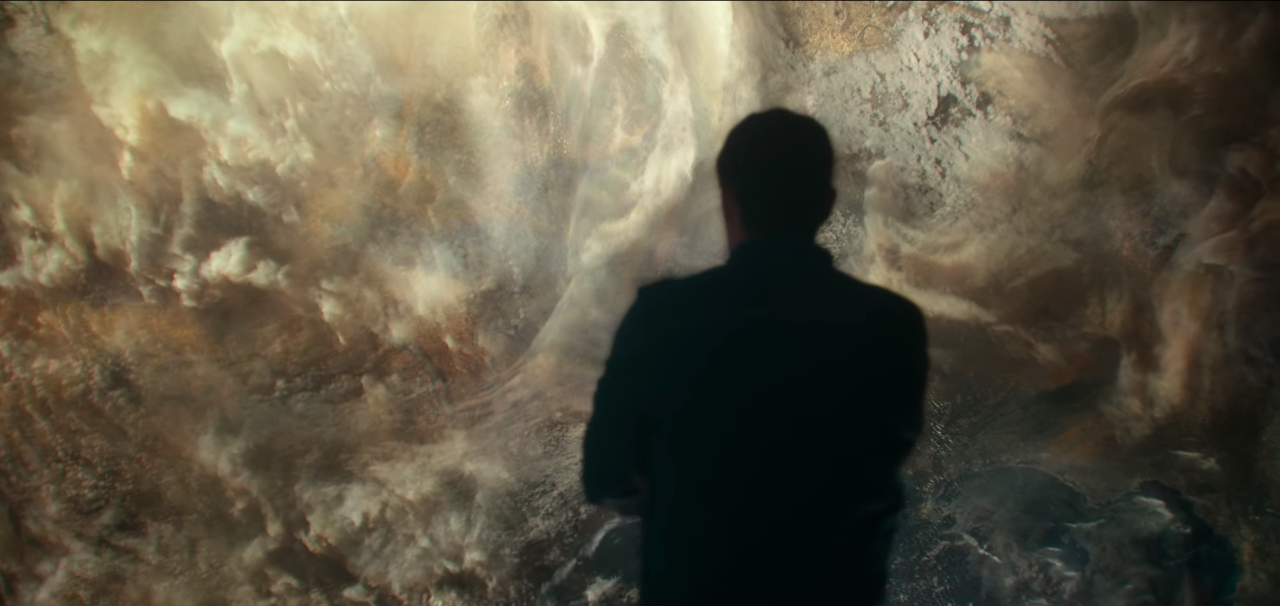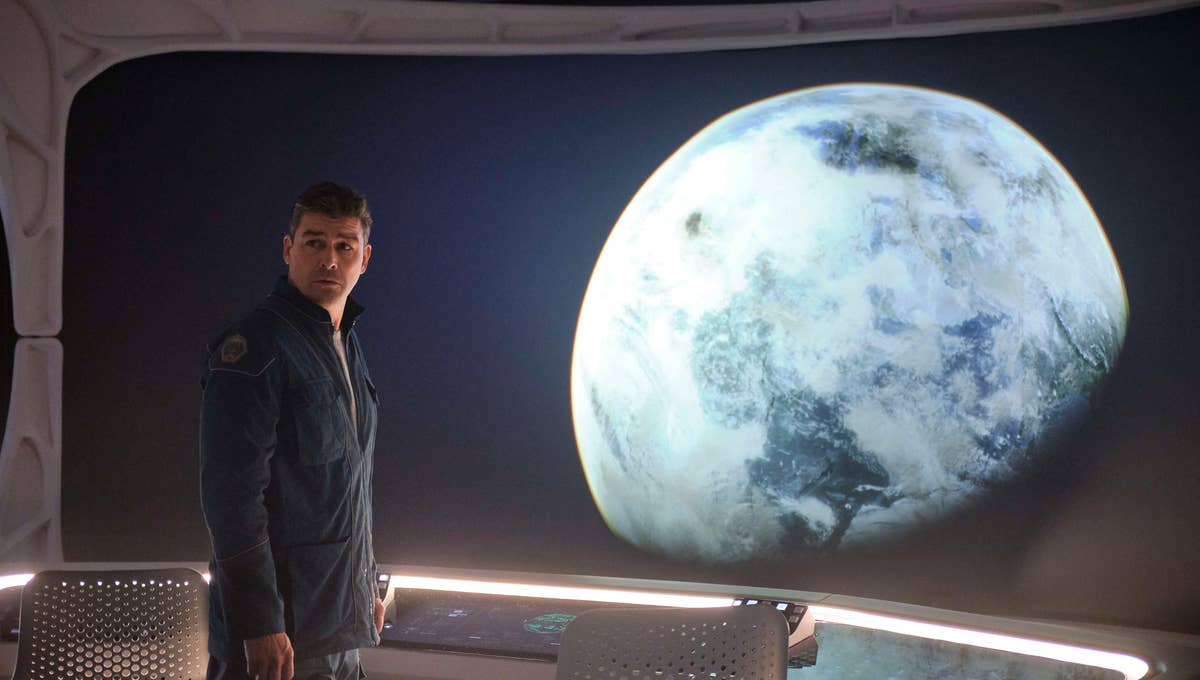‘The Midnight Sky’ is not just another survival story. It encompasses the themes of struggle, despair, death, and hope to produce a science fiction film that manages to stand out in an otherwise saturated genre. In fact, the narrative is one that has widely been praised, although we concur that it moves along at a slow pace. Nonetheless, it just proves that with each directorial venture, George Clooney raises the bar of excellence.
The story revolves around a terminally-ill scientist who must journey across the Arctic in order to warn an active space mission not to return to Earth in the wake of a cataclysmic event. But what went down, and how did it wipe out almost everyone? Although the plot sows the seeds, it never gives us any explicit details about the “event.” As such, we came up with our own theory.
What Happened to Earth in The Midnight Sky?
So before we get into the discussion, let’s revisit the facts once, shall we? It is 2049, and an apocalyptic “event” (which is all it’s referred to as) has wiped out most of mankind from the face of Earth. The narrative is set in this doomsday scenario. More specifically, the movie basically kicks off three weeks after the “event” has transpired. While everyone is evacuating the Barbeau Observatory in the Arctic Circle, Dr. Augustine Lofthouse decides to stay back because he doesn’t have much time left anyway.

At various points in the film, we learn that the air quality index is deplorable, and in fact, in one scene, we even see a map with red circles that keep enveloping different countries. This could imply that it was not one single event but, perhaps, a culmination of them that obliterated most life on Earth. (On the other hand, this could also imply that it was a chain reaction of incidents that led to the downfall of humans).
All this time, Augustine thinks that he is alone at the remote outpost. But soon, he sees a young girl, Iris, who is also seeking shelter at the facility. Furthermore, the scientist wants to warn Aether, the only remaining active space mission, about Earth’s condition. A bulk of the movie focuses on the journey that the scientist and the girl make from the Barbeau Observatory to the Lake Hazan base in search of a stronger antenna. In some of these scenes, we even see the two wear gas masks because of the toxic air.

Once Augustine is able to make contact with Aether, we find out more clues about the “event.” He tells Sully, “I don’t know all the details. It started with a mistake.” So evidently, the one thing we can say with a certain level of confidence is that it was manmade. Could this be a nod to a nuclear apocalypse? Or is it a snowball effect that has stemmed from various issues such as global warming? Given that ‘The Midnight Sky’ is set in 2049, which is in the not too distant future, it is possible that either outcome could have wiped out mankind.
But based on the hints we get from the movie, there is a greater chance that the “event” was a nuclear disaster. As the story progresses, Augustine says to Sully, “I’m afraid we didn’t do a very good job of looking after the place while you were away.” The crew of Aether finally gets a glimpse of Earth as well. Instead of the blue oceans, all they see is brown smoke that envelopes the entire planet. Also, no safe points of entry are available to them. Furthermore, if there are any survivors, then they must be living underground. (Improvised nuclear shelters, anyone?)

The map we previously discussed and the fact that the “event” was a mistake makes us think that somehow, all systems malfunctioned one after the other. (Could it be that AI overtook all manmade networks?) Consequently, nuclear weapons were deployed, almost like it was a chain reaction that led to the demise of mankind. While this is all speculation, the movie does affirm that K-23 seems like our only hope now.
Read More: Is Iris Dr. Augustine’s Daughter in The Midnight Sky?


You must be logged in to post a comment.